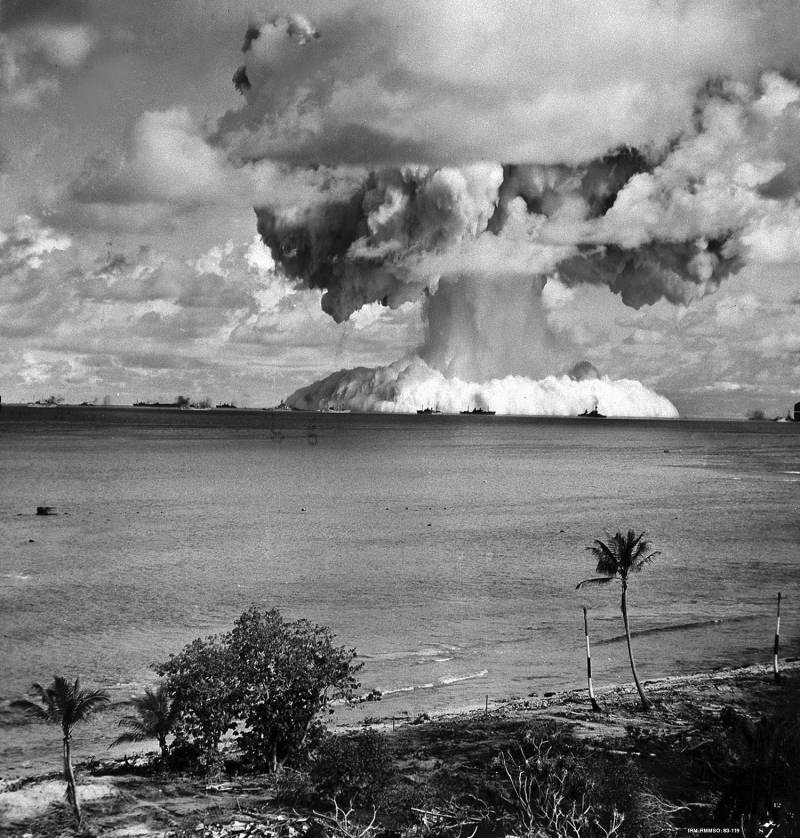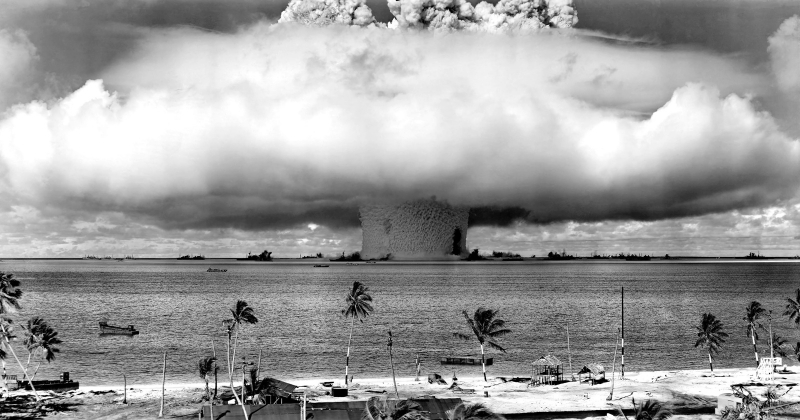Find out how the Marshall Islands conducted its nuclear tests
The United States conducted 67 nuclear tests in the Marshall Islands between 1946 and 1958. The United States carried out 23 of these tests on Bikini Atoll and 44 at Enewetak Atoll, but the fallout spread throughout the Marshall Islands.
The United States intensified its nuclear research and development activities after WWII. The Atomic Energy Commission (AEC) was founded by the United States government to supervise the peaceful development of atomic science and technology. This fast increase was driven by fear of the Soviet Union growing its nuclear arsenal, as well as the assumption that stockpiling nuclear weapons would help consolidate US hegemony.
The United States conducted a major nuclear test on the Bikini Atoll on March 1, 1954. It was part of a series of thermonuclear experiments known as Operation Lock. The Marshall Islands nuclear tests were huge, more than 1,000 times more powerful than the preceding decade. As a result, radioactive debris was thrown into the atmosphere and on the adjacent atolls as a result of them. Traces of radioactive material were later discovered in Japan, India, Australia, Europe, and the United States. It was the biggest radiation accident in US history, resulting in a worldwide reaction against atmospheric nuclear testing. The United States has promised to compensate for personal disease claims originating from nuclear testing in the area as part of a Free Association Agreement with the Marshall Islands. As a result, Congress authorized a government program to compensate soldiers who were unable to witness the Marshall Islands nuclear experiments at Bikini Atoll.












